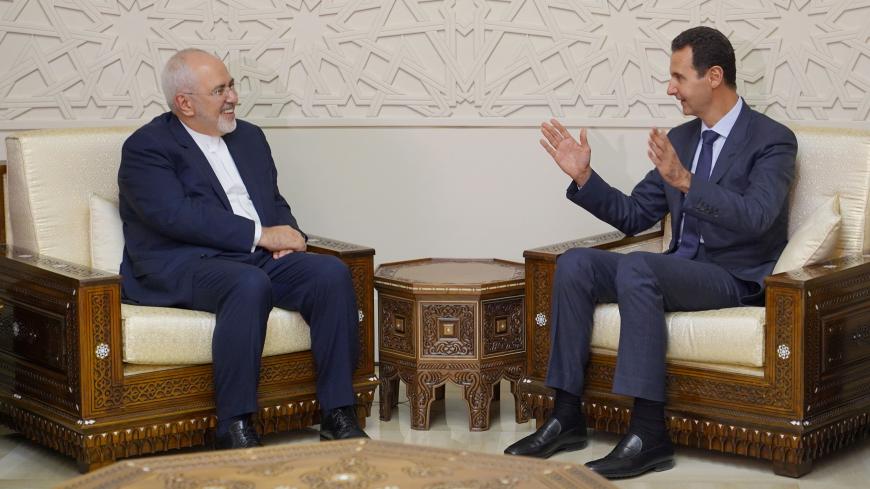After President Donald Trump’s announcement of a unilateral US military withdrawal from Syria, many viewpoints on the matter have surfaced. In Iran, there are many different perceptions of the announcement and its implications for Iran's national interests and strategy in Syria. As some analysts have pointed out, Iranian experts have offered three explanations for the withdrawal: a stunt for the 2020 US presidential elections; a move to prolong the war in Syria in order to create a gap between Iran, Turkey and Russia; and an opportunity for Arab allies of the United States to assume a greater role in Syria.
In addressing the likelihood of a potential Iran-US compromise on Syria, one must consider the key drivers and obstacles to such a scenario. With respect to drivers of a compromise, there are four main elements.


